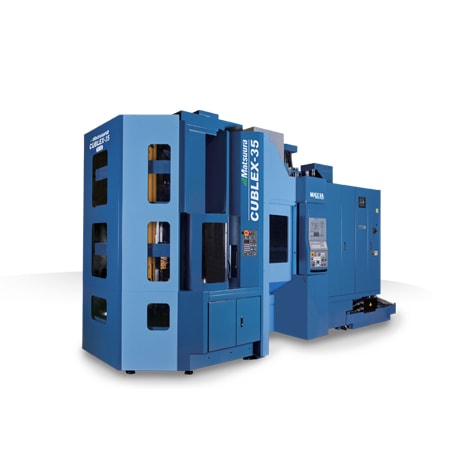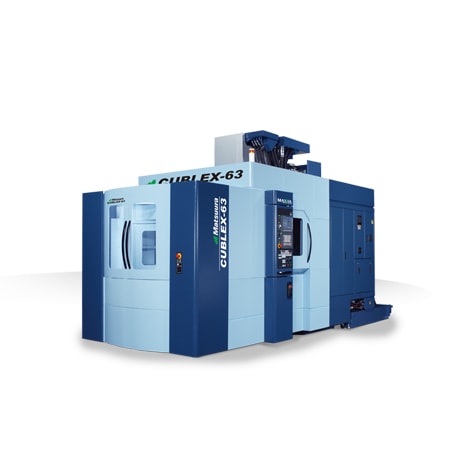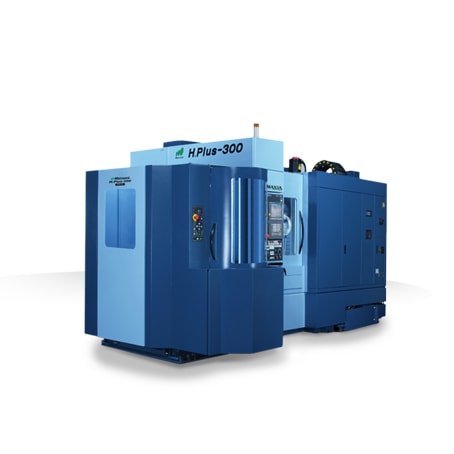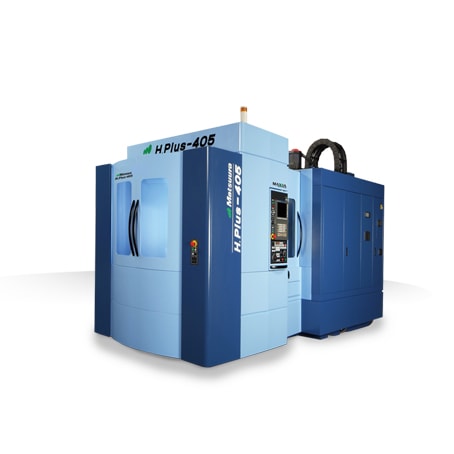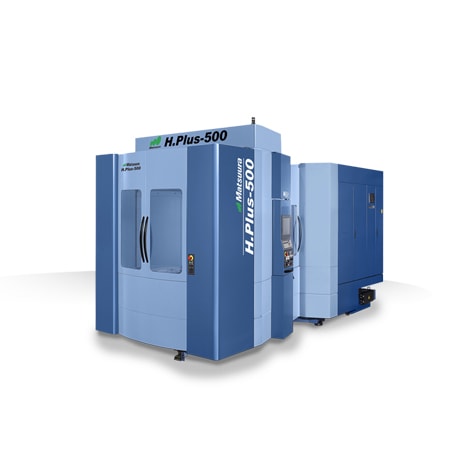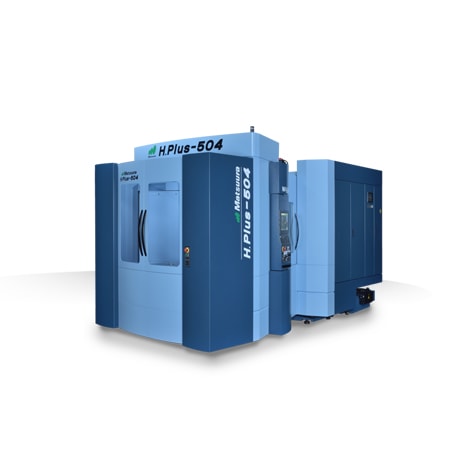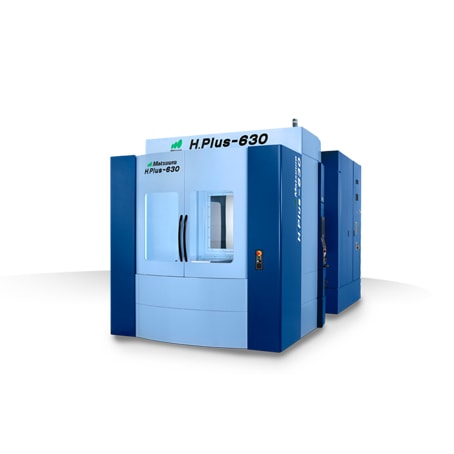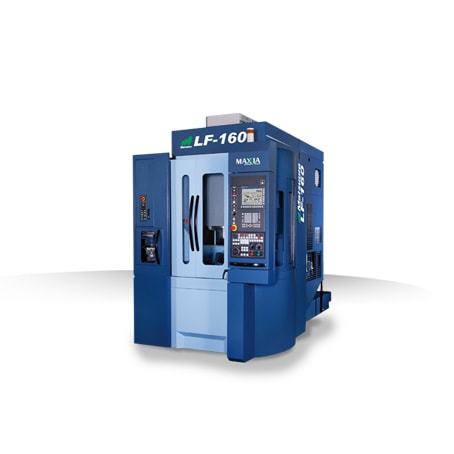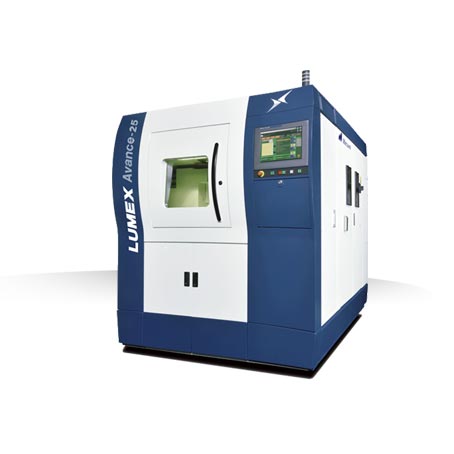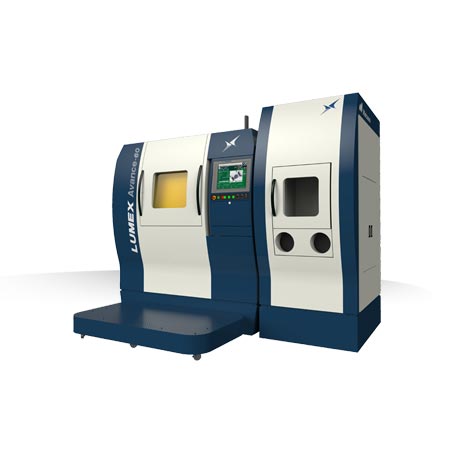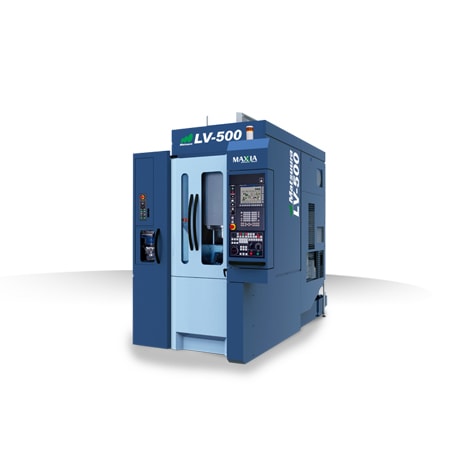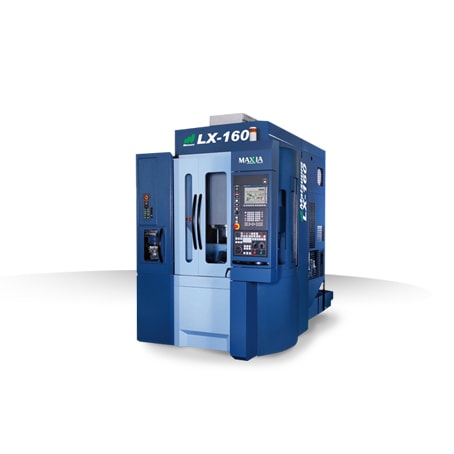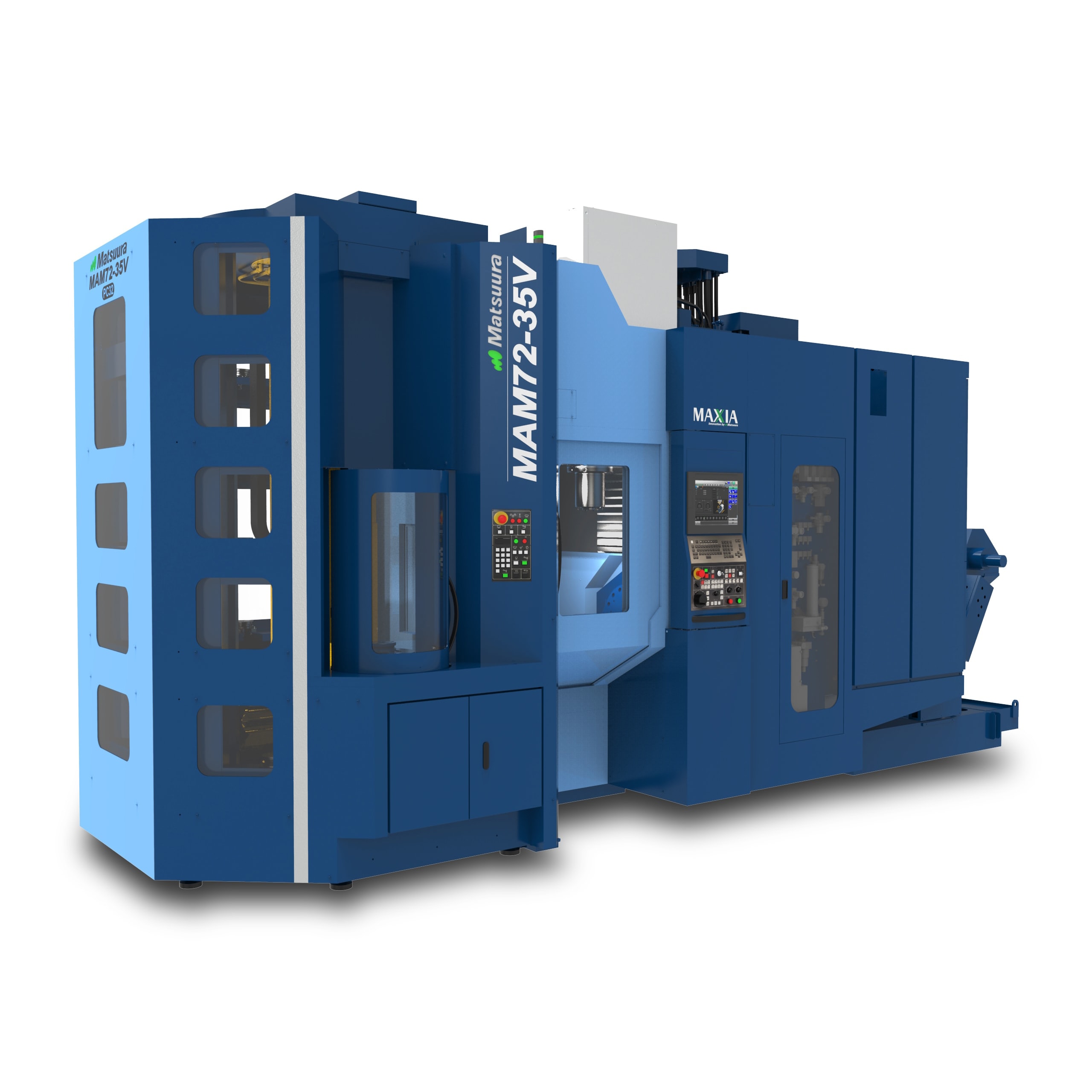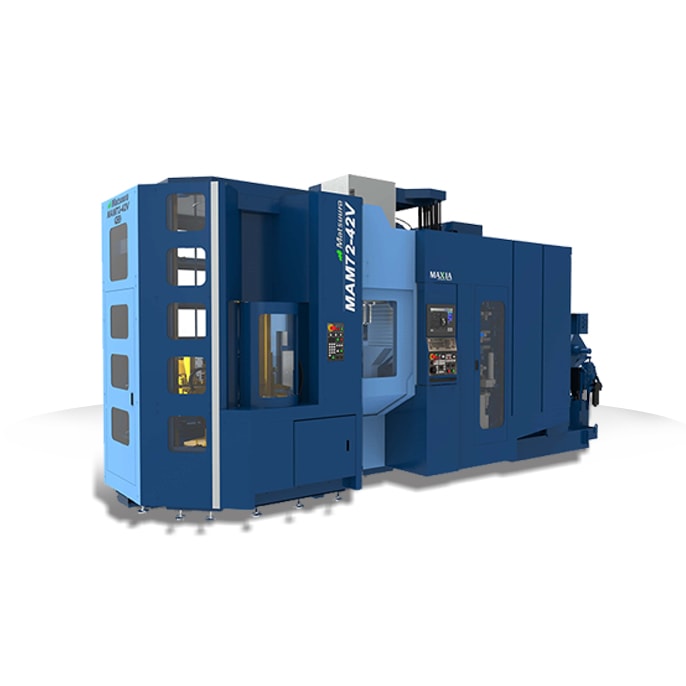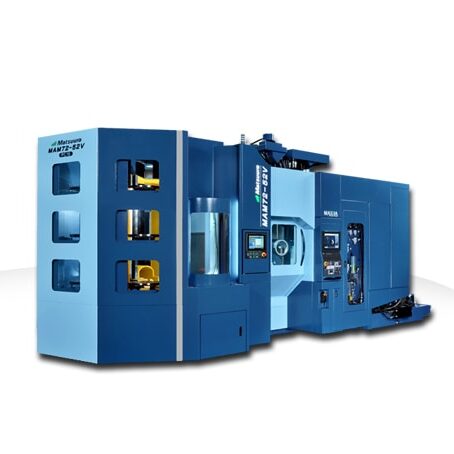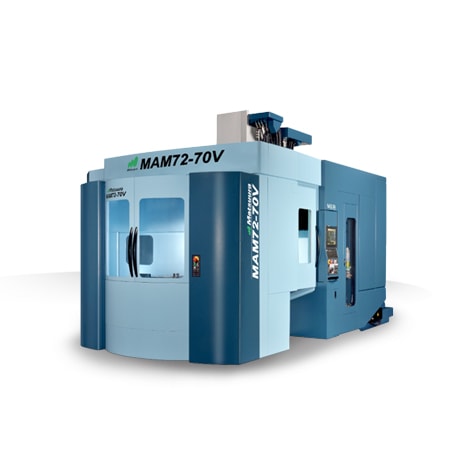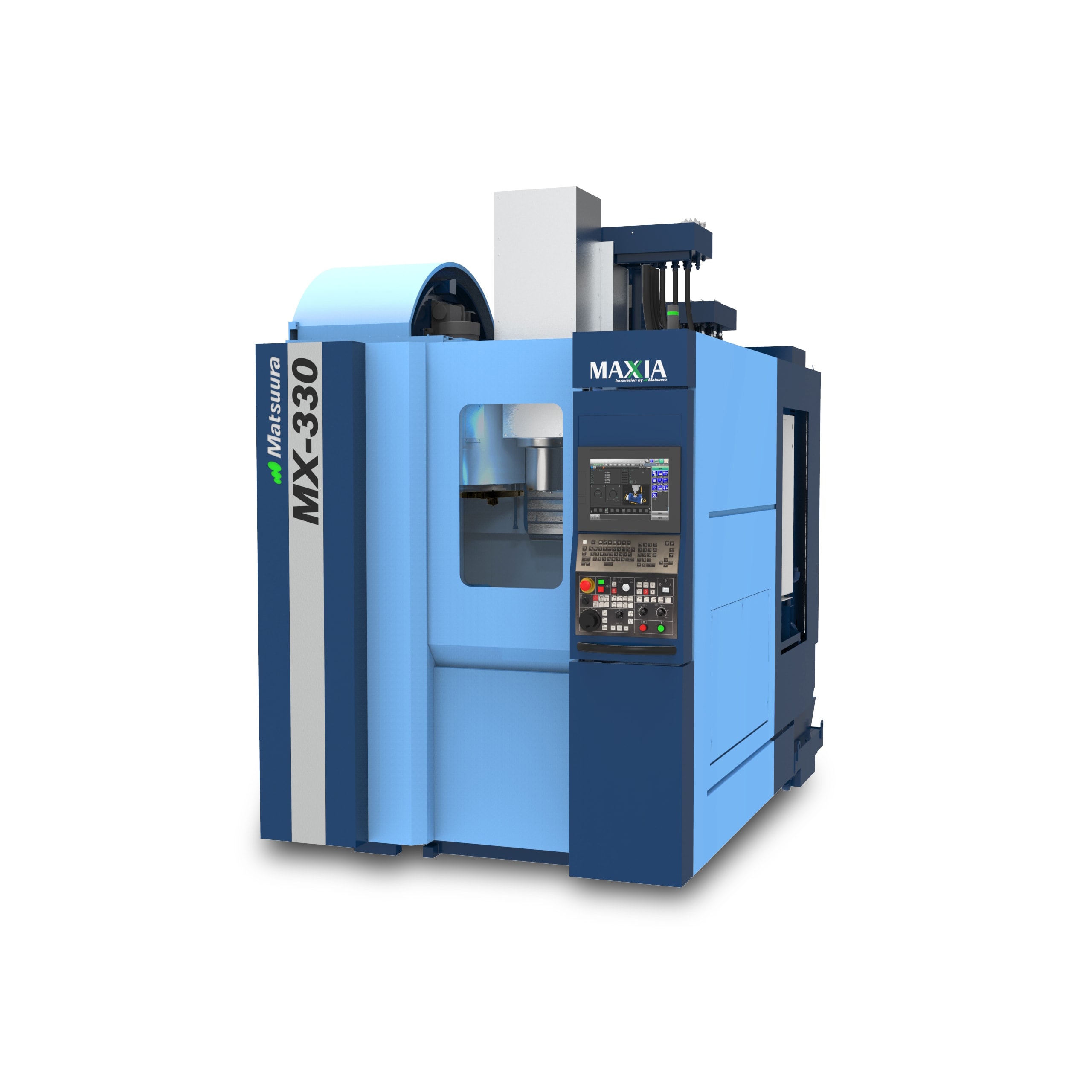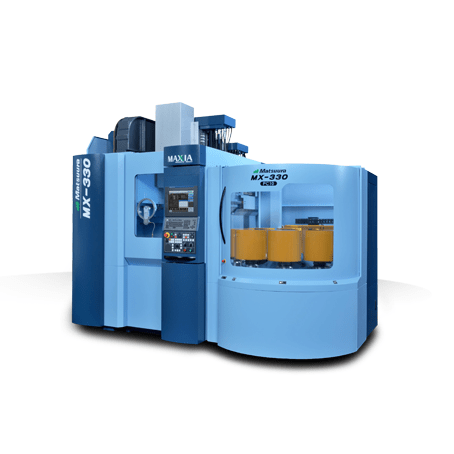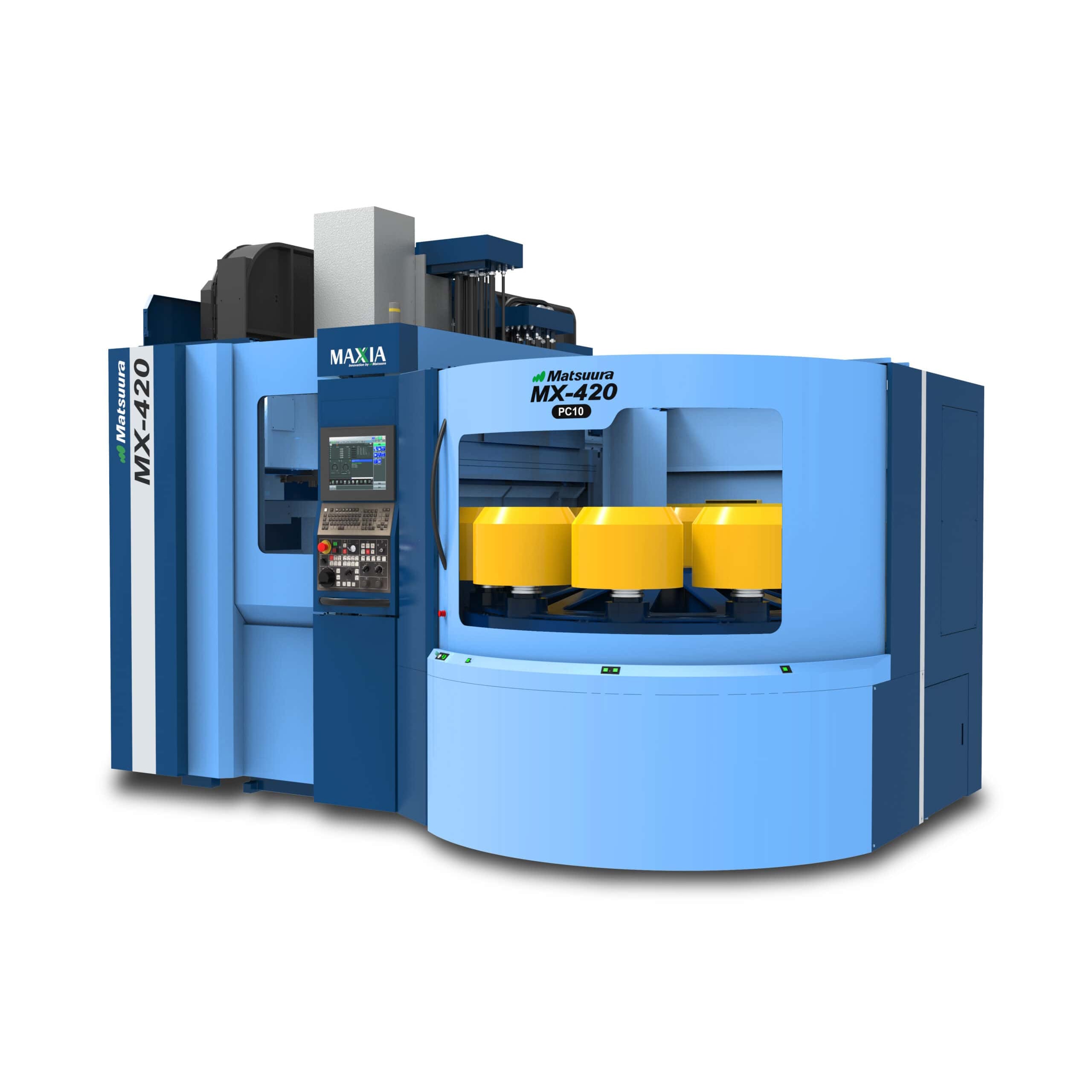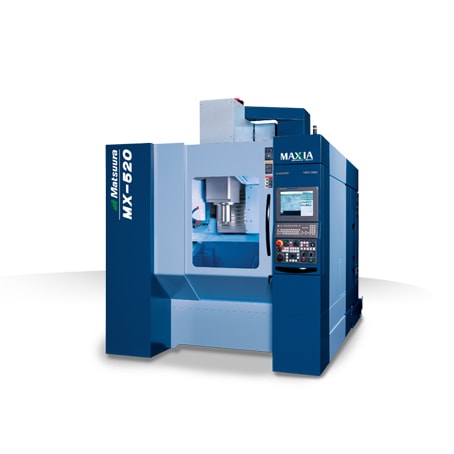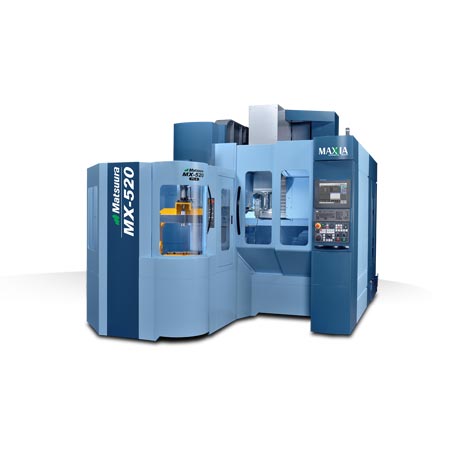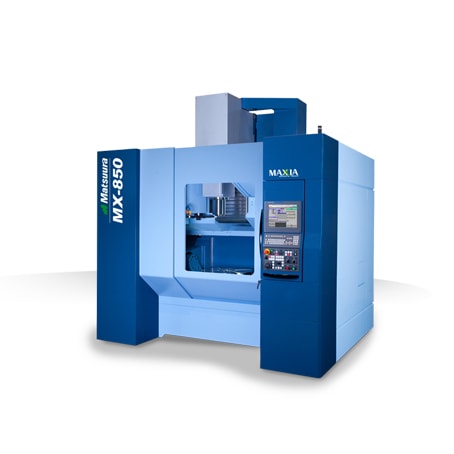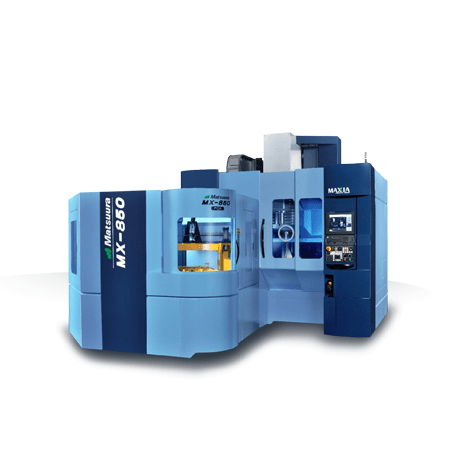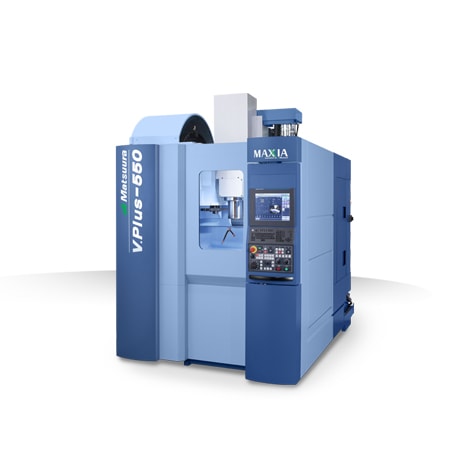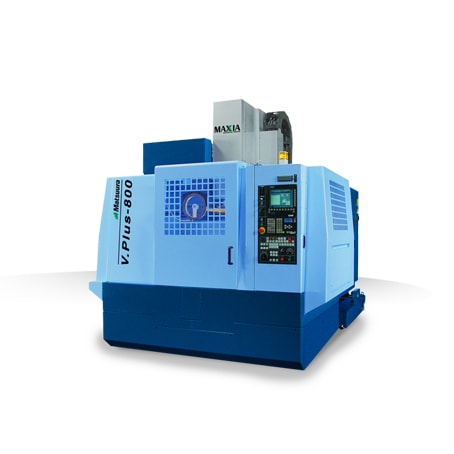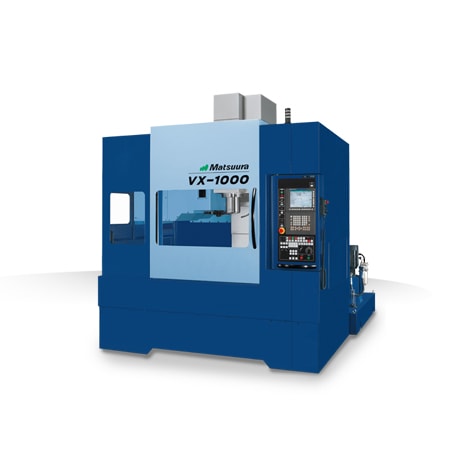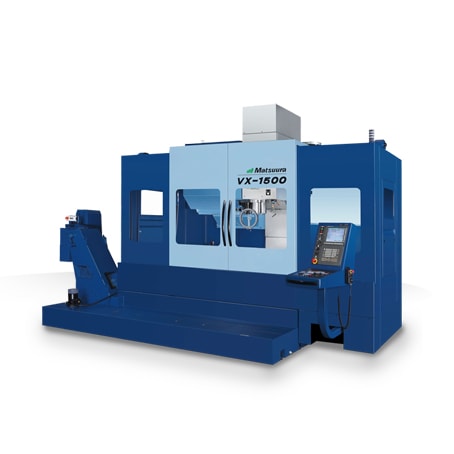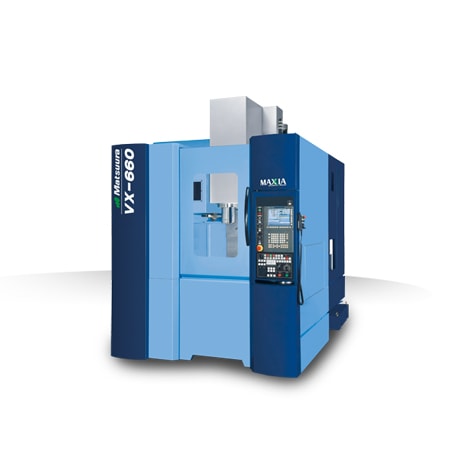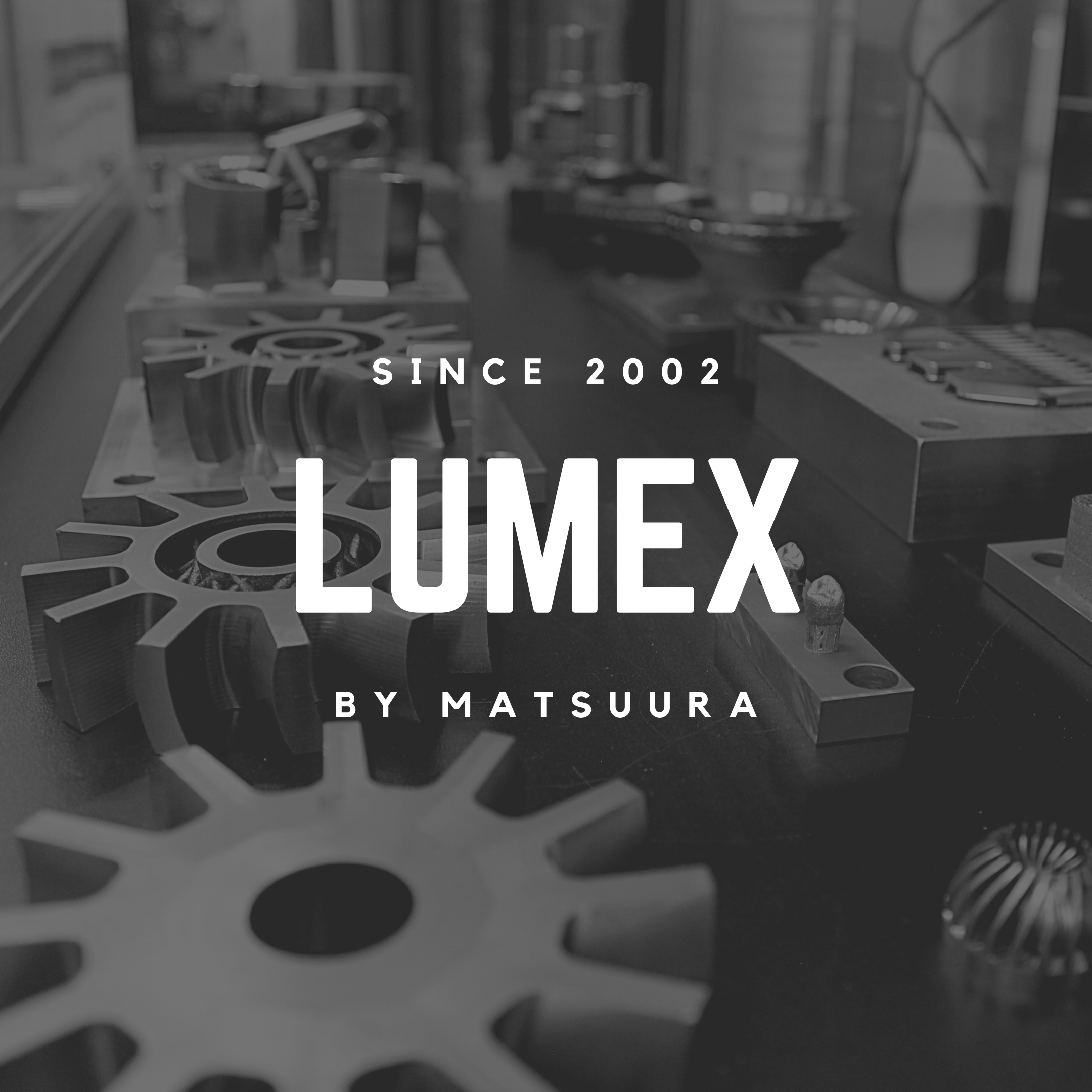 St. Paul, MN (November 5, 2020) — Recognizing the need for the geometry and material freedom afforded by additive manufacturing, and the precision of CNC machining, the industry has become highly interested in hybrid combinations of these two machines.
St. Paul, MN (November 5, 2020) — Recognizing the need for the geometry and material freedom afforded by additive manufacturing, and the precision of CNC machining, the industry has become highly interested in hybrid combinations of these two machines.
Advances in lasers and laser beam delivery have been a key enabler for 3D printing since its inception in the 1980s. The hallmark application of 3D printing is the production of prototypes directly from computer models, which is why the field was known as “rapid prototyping” for many years.
Continued development in several areas, including, notably, the advent of high-power solid-state lasers, has enabled 3D printers to produce parts using a wider variety of materials, now including metal. This technical capability is facilitating the expansion of business opportunities for 3D printing—allowing small- to medium-volume manufacturing of end-use parts, many of which are made from metal.
The expanding applicability of 3D printing has led to the rebranding of this family of technologies as additive manufacturing (AM), which shifts away from any one specific application to instead emphasize its defining working principle.
From isolation to integration
With the adoption of AM for industrial manufacturing, especially in metals, the need for downstream part processing has intensified. Metal parts almost always require some finishing steps, most often machining, polishing, or grinding.
Since the early years of AM development were driven from a prototyping-oriented focus, self-contained machine architectures dominate the marketplace. This architecture is ideal for prototype production in a design department but is not optimal for manufacturing when downstream operations are required. Self-contained architectures historically have obliged manual part cleanup and manual transfer to downstream operations.
From research to mainstream CNC
The first commercial hybrid offering began as an academic/industry research project in Japan in the late 1990s and is a specialist machine tool that combines laser-based powder bed fusion with CNC, now known as the LUMEX Avance-25 by Matsuura.
The Matsuura LUMEX technology complements the milling process by utilizing Powder Bed Fusion. This technology provides excellent stability and repeatability, which allows the machine to know where in the coordinate system the build is taking place and maintain the overall accuracy of the completed part.
The use of the term, “sintering” is a generic description of the process that most Metal AM machines use. The technology utilized in the Matsuura LUMEX series is more accurately described as Powder Bed Fusion with “selective laser melting.” For the Hybrid technology, this machine configuration provides the most benefits and allows the user to capitalize on the unique features that can be created with the Matsuura LUMEX Hybrid.
The Avance-25 relies on one-machine, one-process manufacturing of complex molds and parts by fusing metal laser sintering technology with high speed milling technology. The Hybrid technology creates a “finished” part with machined surface finish and accuracy, without inducing the additional variation caused by multiple machine set-ups and part handling.
According to Matsuura LUMEX Director, NA, Tom Houle, Matsuura’s Hybrid additive/subtractive machining produces highly accurate parts from metal powders that are melted and sintered using a laser while surfaces are precisely milled at high speeds. This technology allows the ability to “grow” a metal component in layers with complex internal features and fine mill those internal features, as the layers are added, to give a perfect surface finish are what makes the LUMEX Series such a distinctive, unique and remarkable production platform and machine tool.
Houle explains that the hybrid technology is a proven solution for moldmakers. In most cases, the proper implementation of the hybrid technology in a mold component will eliminate the need for EDM. This in and of itself is a large time saver in the mold build process. Many components can be completely machined in the hybrid machine, there is an elimination of queue times to get other work completed on a component, typically reducing overall mold build time.
Houle believes the benefit to the owner of the mold is clear: improved cycle times, sometimes as much as 50 percent using conformal cooling, and improved part yields and initial part quality by utilizing the variable porosity capabilities of the powder bed fusion process to assist in the venting of mold gases in the flow front. The Matsuura LUMEX Technology has completely disrupted the part design paradigm. Instead of starting from a block or some other traditional geometric shape, the designer now begins with a blank page to ‘grow’ their designs for lightest weight, sleekest design, and most efficient use of material.
Matsuura Machinery USA, Inc., located in St. Paul, MN is the U.S. subsidiary of Matsuura Machinery Corporation in Japan. Since 1935, Matsuura has been the forerunner in designing innovative technology and manufacturing solutions to a variety of industries around the globe. Matsuura Machinery USA, Inc. delivers unmatched excellence in 5-axis, vertical, horizontal, linear motor, multi-tasking CNC machine tools and machines with a powder bed metal AM platform with machining capability. Matsuura Machinery USA, Inc. provides the service, applications and technical field support that have always been the Matsuura standard for business.
Portions from Industrial Laser Solutions: https://www.industrial-lasers.com/
For more information about Matsuura, please contact: [email protected] or visit: matsuurausa.com.
